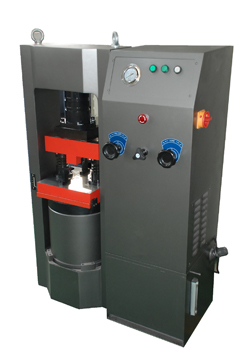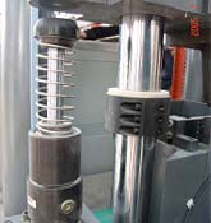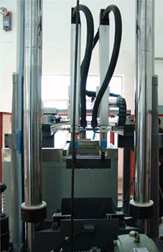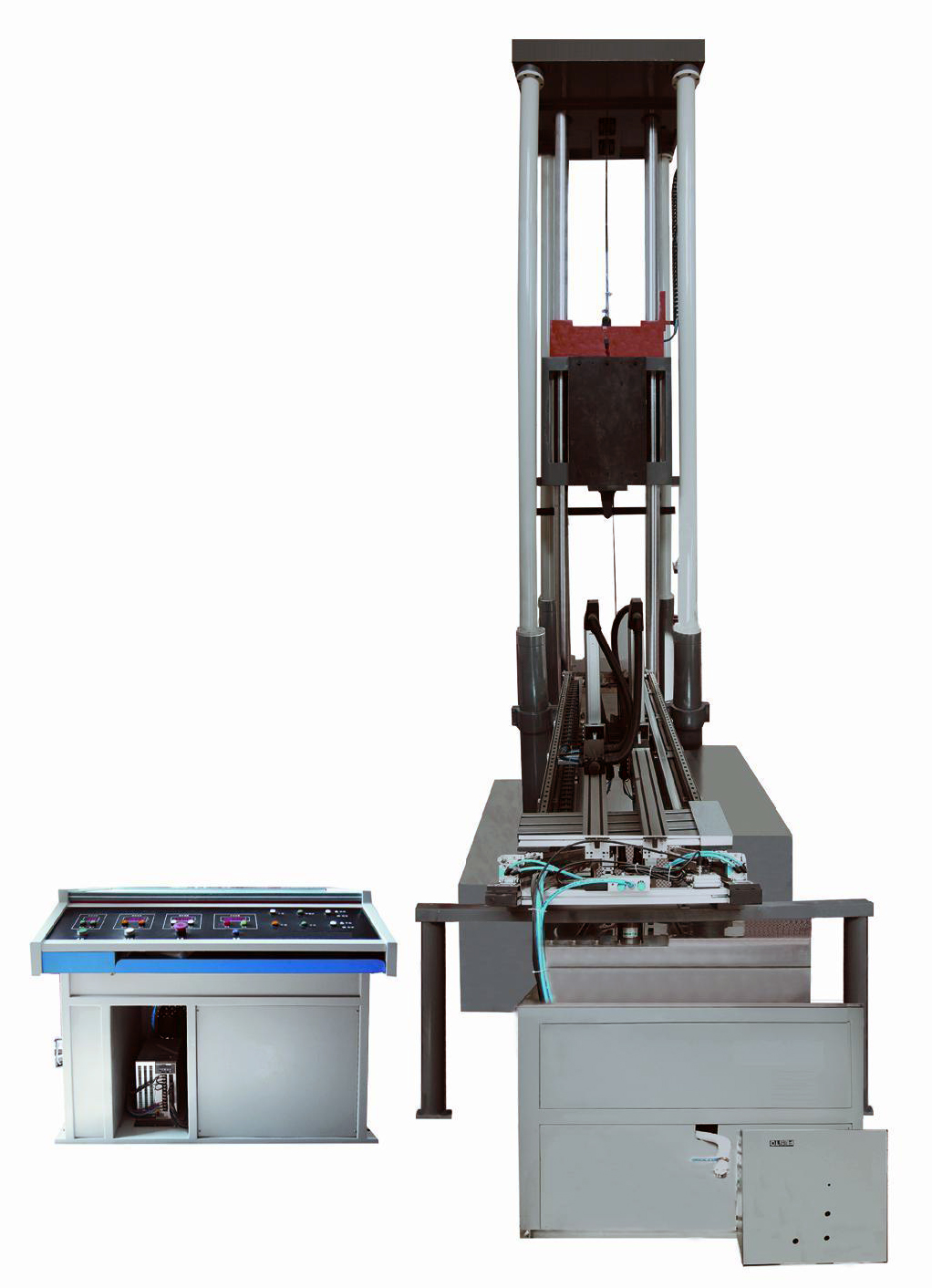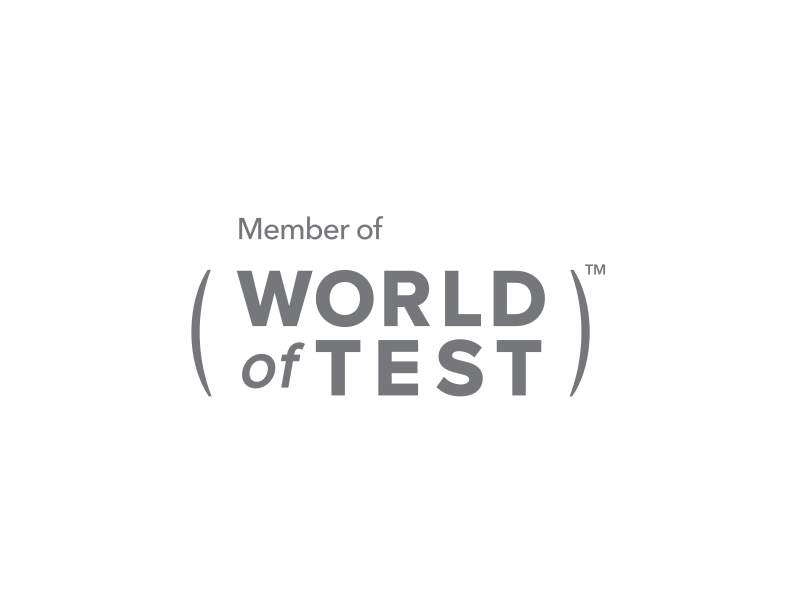Drop Weight Tear Tester - DWTT
The advanced and popular Drop Weight Tear Impact Testing Machines - DWTT-API-30/40/50K series can test 10 samples consecutively, utilizing a user-friendly and automatic feeding and control system. By initiating the test process by the operator, the samples are automatically inserted via a manipulator from the low-temperature chamber to the impact area, and then the test is carried out and the broken samples are being collected with a fully automatic cycle.
DWTT-API-30/40/50K series system also can be operated manually, thus making it easy to maintain the machine and control the step by step test procedure.
Steel Pipe and medium thickness ferrite steel sheet production lines with requirements for Drop Weight Tear Impact Testing Machines equipment. This is a fully automatic procedure consisting of feeding, testing, and fractured sample collecting. With multi channel protection system, this unit represents the highest security and safety features while in operation.
Low temperature Control System of Drop Weight Tear Impact Testing Machines - DWTT-API-30/40/50K series
Technical parameters of Drop Weight Tear Impact Testing Machines - DWTT-API-30/40/50K series
Automatic Specimen Feeding System (FESTO capturing manipulator) of Drop Weight Tear Impact Testing Machines - DWTT-API-30/40/50K series
The specimen is manipulated using an SPC200 servo controller, which is mounted on an aluminum structure.
The x axis is for servo positioning and multi-spot localization, and works in conjunction with a built-in belt sensor. It uses a single DGPL linear drive. The Y axis uses two air cylinders to clear the frame gate. Aluminum blocks can be added to the cylinders' slides to increase the height. The Z axis uses an HMP pneumatic cylinder and a gripping device to capture the test specimen.
The gripping device uses a Y axis movement to bring the captured test specimen to position A. The X axis air cylinder then moves the manipulator to position B and deposits it in the testing area. After the successful test, the Y axis air cylinder then captures the fractured specimen and lays it aside in position C.
Notch Pressing Machine (Optional)
DWTT test accessory machine required for preparation of samples compliant with ASTM E436 (latest version) standards for sample size and accuracy. Equipment conforms to API standards to press test specimen notches.

